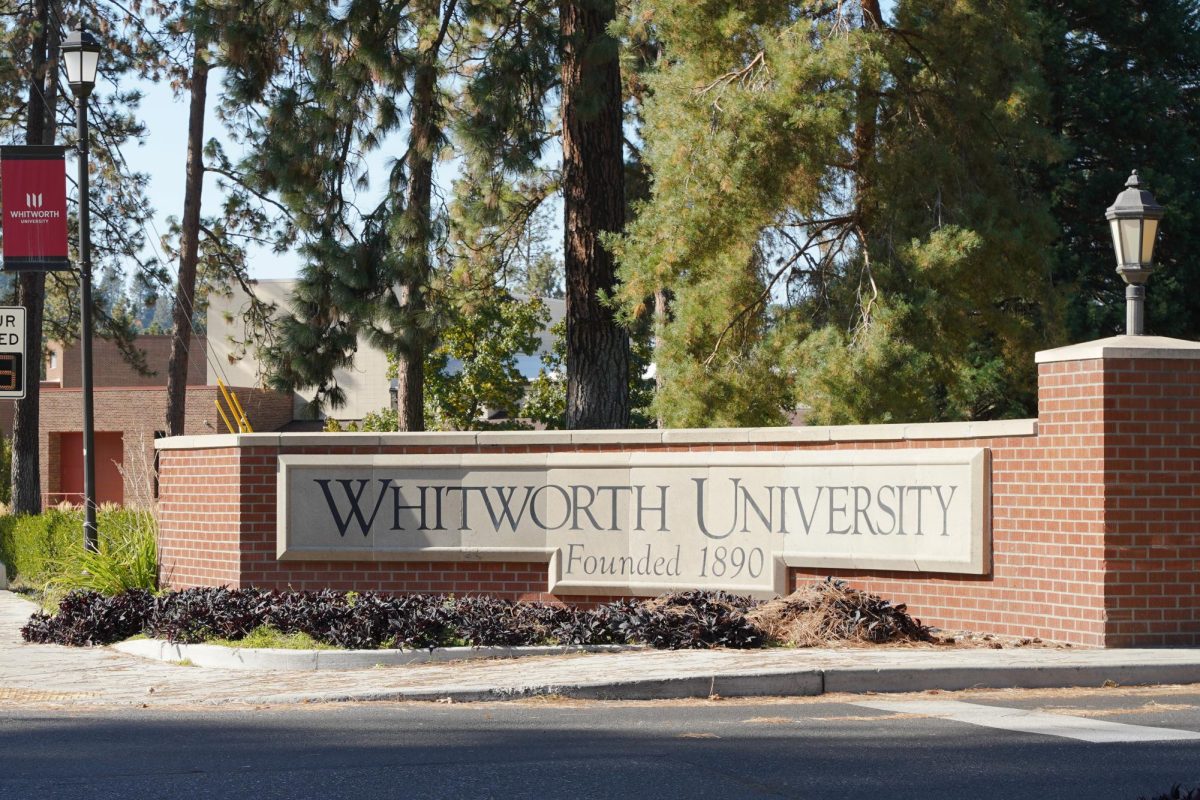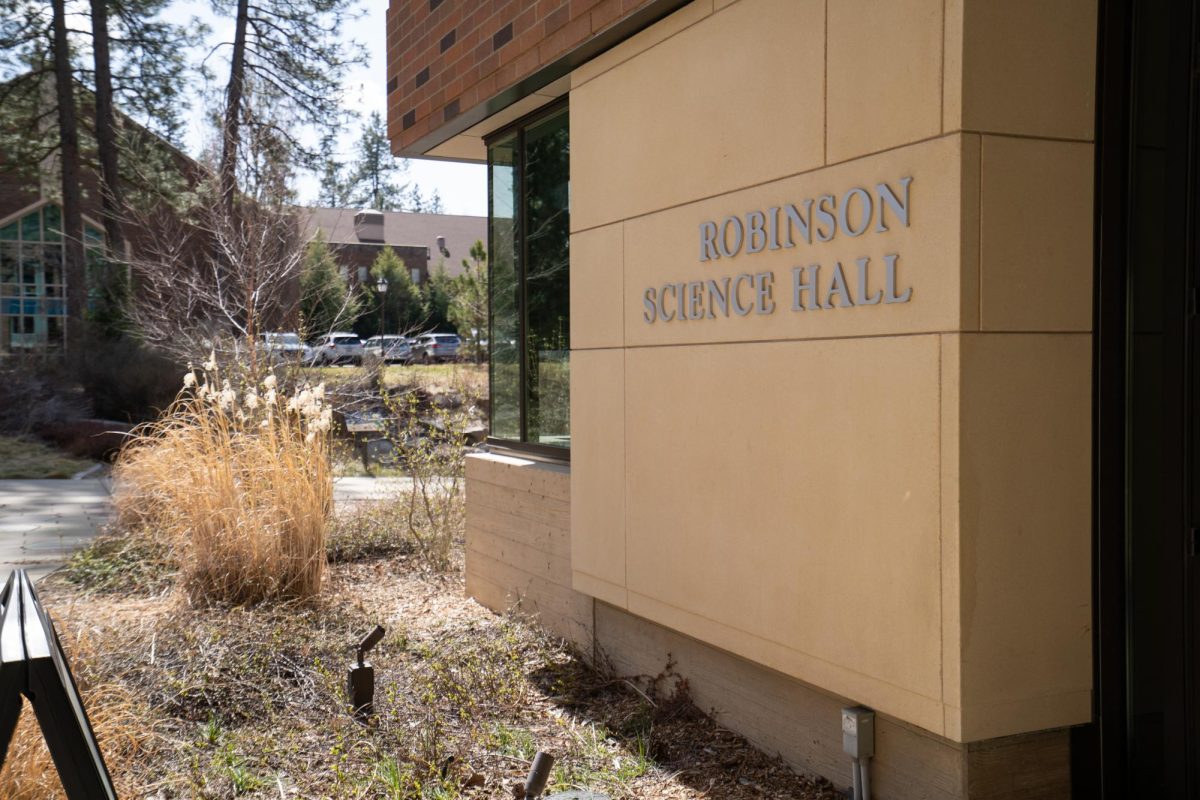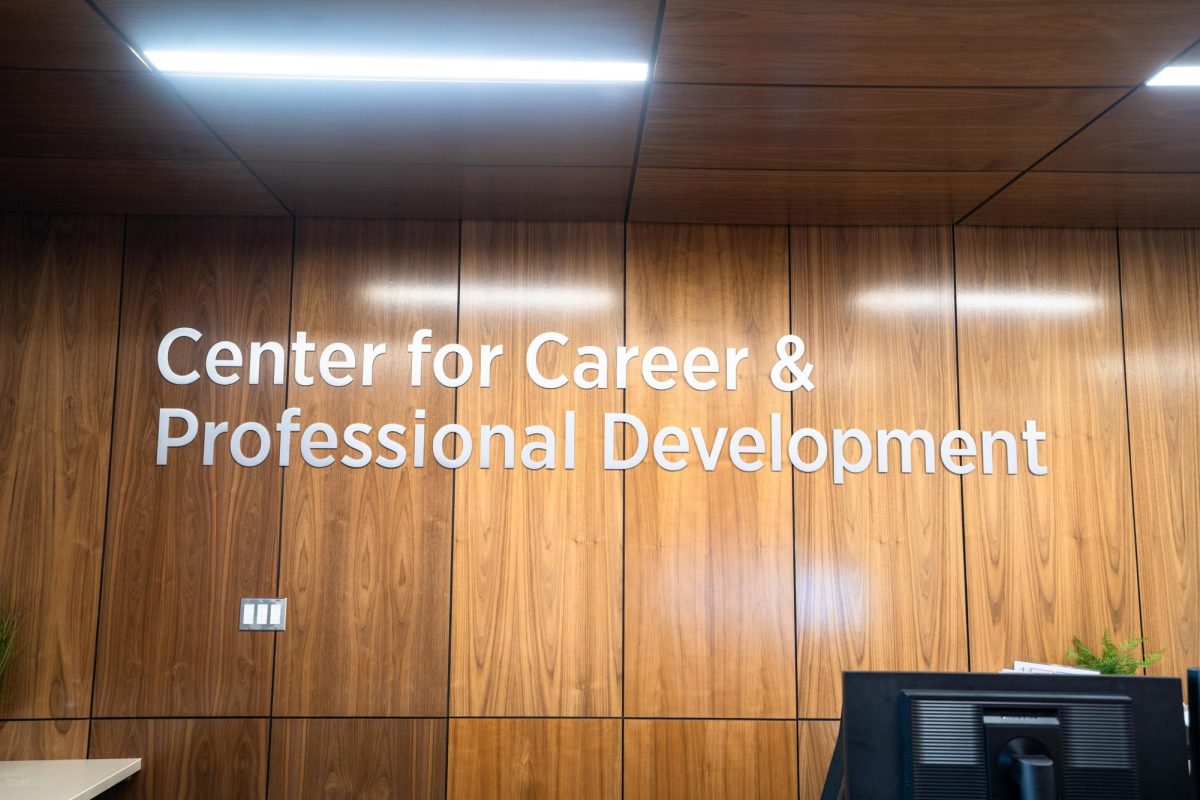Application of Common Core Standards and introduction of charter schools to affect schools
As early as elementary school, students begin to learn the proper way to conduct a scientific experiment. They learn that the process includes manipulated and controlled variables. In Washington state, educators, lawmakers and parents will be watching for the effects of two major changes in the education system: the adoption of Common Core Standards and introduction of charter schools.
For students in the Whitworth education department, these two changes may not be a prominent concern in the present. However, in years to come they may prove to have an impact on education courses. Likewise, they may provide new opportunities, challenges and complexities in their career of choice and in the ever-experimental stages of education reform.
Common Core Standards
In 2009, Washington state joined the initiative for developing Common Core of State Standards in English Language Arts and Mathematics. Washington is among the 48 states to have made that commitment, having joined the initiative in 2009 and adopted the standards in July 2011. The standards will not be fully implemented until the 2014-15 school year. This is the first manipulated variable in the equation.
There are certain benefits and drawbacks to voluntarily developing and enacting these standards across state lines. One positive aspect is increased consistency.
“Common standards certainly help students who move from state to state,” said Linda Buff, visiting instructor to the education department.
Additionally, Buff said the initiative intends to foster a more interdisciplinary approach to learning.
“There is an emphasis on literacy: reading, writing, speaking, listening,” Buff said.
Drawbacks may include difficulty in adoption of potential changes in curriculum, educational materials and standardized tests. Likewise, some teachers worry that there will be less room to personalize those aspects to meet the individualized needs of their students and the demographic differences of the community.
“Some see it as giving teachers less flexibility,” said James Uhlenkott, visiting assistant education professor. “In general, I think they can be a good thing. I think we do need standards.”
Initiative 1240
As a result of the election, Initiative 1240: To Allow Public Charter Schools in Washington, passed into law. Initiative 1240 is intended to provide for up to 40 public charter schools over the course of five years. As public charter schools, they must be tuition-free and non-profit. They will receive the same state and federal funding as a traditional school and cannot be run by a for-profit company or a religious organization. This second manipulated variable will go into effect Dec. 6.
Senior Sergio Jara Arroyos was a voice in support of Initiative 1240.
“I co-lead Students for Education Reform with Macy Olivas,” Jara Arroyos said. “We wanted to get students on campus politically mobilized.”
In Whitworth’s Hixson Union Building, Jara Arroyos and other members of Students for Education Reform provided information and promotional materials to students in support of the initiative.
“Similar bills have been introduced in the past, but failed,” Jara Arroyos said.
Prior to the election, Washington state was one of nine states without charter schools.
Public charter schools open up more opportunities to students and their families, Jara Arroyos said. That gives more options to families who are not in a financial position to afford private school.
Both Buff and Uhlenkott echoed the benefits of increased opportunities beyond traditional public schools.
“Charter schools offer to us more choices for students and families,” Buff said.
Another clear advantage is the ability to be more inventive in how the school approaches curriculum and assessment.
“They tend to be more innovative,” Buff said.
Unlike traditional schools, Buff said, charter schools have the potential to test out new methods that might be applied to traditional schools later on.
In that sense, charter schools have the capacity to be more experimental in their education methods.
“They have more leeway,” Uhlenkott said. “Charter schools are designed around a charter. How you write the charter is what defines the school.”
One final benefit is the spirit of competition that charter schools may provide. There is a free market effect that will cause the traditional school and the charter schools to be competitive against one another in providing the best education, Buff said.
There are, however, some disadvantages to consider. The passing of Initiative 1240 has sparked concern regarding a lack of consistency, an inability to re-create successful methodology, harms to traditional public schools and uncertainty of specifics.
One of the potential damages to traditional schools is a loss of monetary funds.
“The concern is that they may drain money from traditional schools that still have a crucial role to play,” Buff said.
Uhlenkott and Buff both also voiced worries over the uncertainties of who will run the schools. The board for the charter schools will regulate, not the district.
“If the initiative had been written more clearly, I might have been more in favor,” Uhlenkott said.
Contact Laryssa Lynch at laryssalynch15@my.whitworth.edu







 Spokane?
Spokane?